The Kartlis Deda (Mother of Georgia Statue) is a colossal and iconic monument overlooking Tbilisi, Georgia. Standing proudly atop Sololaki Hill, it has become a powerful symbol of the city and the nation, embodying the unique characteristics of the Georgian people.
Symbolism and Meaning:
Dual Nature of Georgian Hospitality and Defense: The statue ingeniously symbolizes the Georgian national character:
In her left hand, she holds a bowl of wine to greet friends, representing the famous Georgian hospitality and warmth towards guests.
In her right hand, she holds a sword to defend against enemies, signifying the nation’s unwavering resolve and readiness to protect its freedom and sovereignty.
National Identity: Kartlis Deda is more than just a statue; she is an embodiment of Georgian patriotism, resilience, and the country’s welcoming yet fierce spirit. She stands as a protector and a host, embodying the nation’s core values.
Design and Construction:
Initial Conception (1958): The original aluminum statue was erected in 1958 to commemorate the 1,500th anniversary of Tbilisi. It was designed by the prominent Georgian sculptor Elguja Amashukeli, who also sculpted the King Vakhtang Gorgasali statue.
Material and Scale: The current, larger version, which replaced the original in 1997, is made of aluminum. It stands an impressive 20 meters (66 feet) tall, making it a dominant feature of the Tbilisi skyline.
Sculptural Form: The statue depicts a graceful yet strong female figure in traditional Georgian dress, with a flowing gown and a headscarf (chokha-like attire, though a woman’s national dress). Her pose is authoritative and welcoming simultaneously, reflecting her dual symbolism.
Location and Views:
Sololaki Hill: Kartlis Deda is strategically positioned on Sololaki Hill, which is part of the same ridge as the Narikala Fortress. This elevated position ensures her visibility from almost every point in central Tbilisi.
Panoramic Vistas: The area around the statue offers some of the most spectacular panoramic views of the entire city. From here, visitors can gaze upon the winding Mtkvari River, the historic Old Town with its colorful houses, the domed sulfur baths, Metekhi Church, the Bridge of Peace, and the modern cityscape stretching into the distance.
Accessibility: The statue is easily accessible. Visitors can:
Take the Narikala Cable Car from Rike Park to the top of the hill, just a short walk from the statue and the fortress.
Walk up the winding paths from the Narikala Fortress area.
Drive up to a parking area near the top.
Visiting Experience:
Iconic Photo Opportunity: Kartlis Deda is one of Tbilisi’s most photographed landmarks, offering both close-up views of the statue itself and an unparalleled backdrop of the city.
Integration with Narikala: A visit to Kartlis Deda is often combined with exploring the adjacent Narikala Fortress, as they are part of the same historical and scenic complex. Pathways connect the two sites, making it easy to wander between them.
Symbolic Welcome: She stands as a constant guardian over Tbilisi, welcoming its friends and remaining ever vigilant against its foes, embodying the very essence of Georgian character.
Kartlis Deda is an essential stop for any visitor to Tbilisi, offering not just a stunning view but also a profound insight into the enduring spirit of Georgia



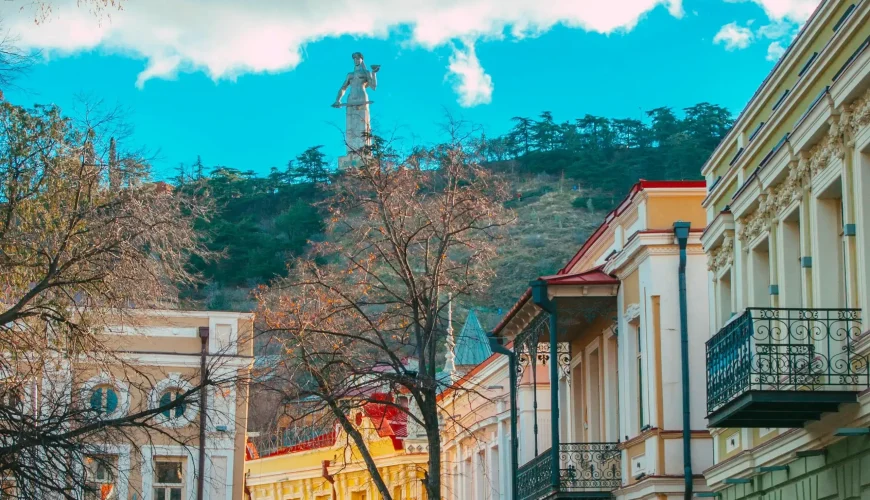
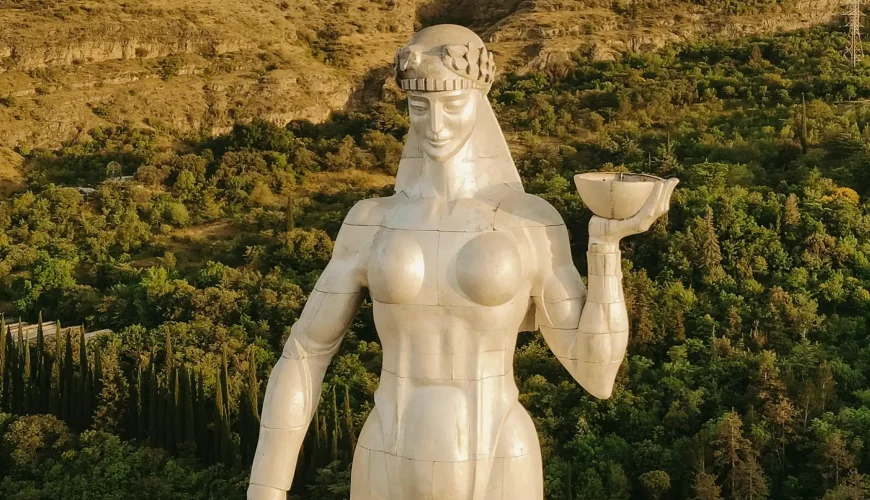
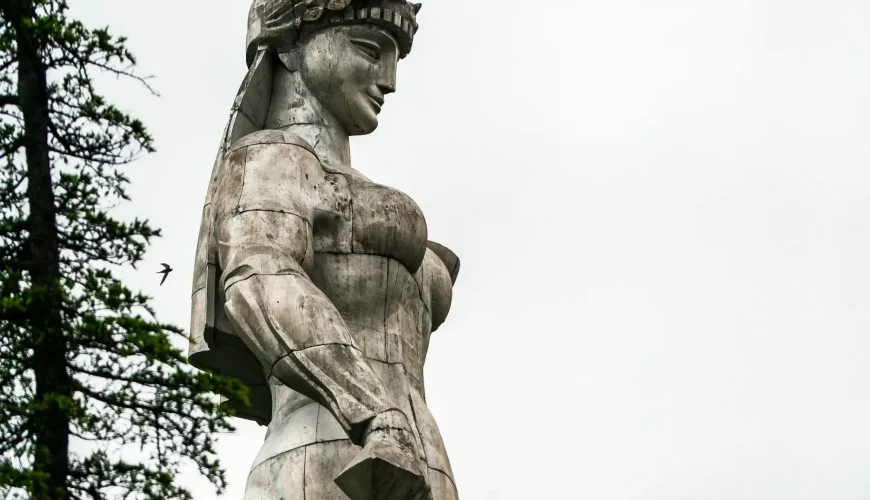
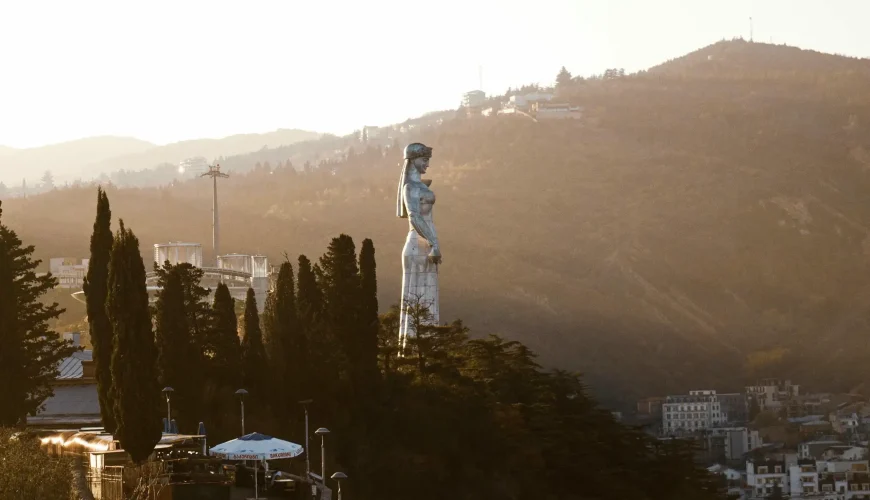
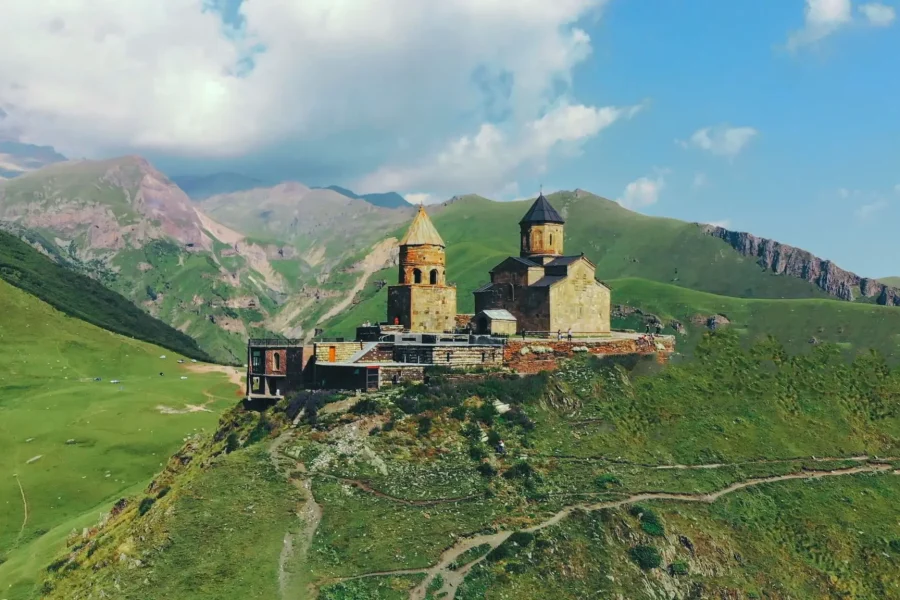
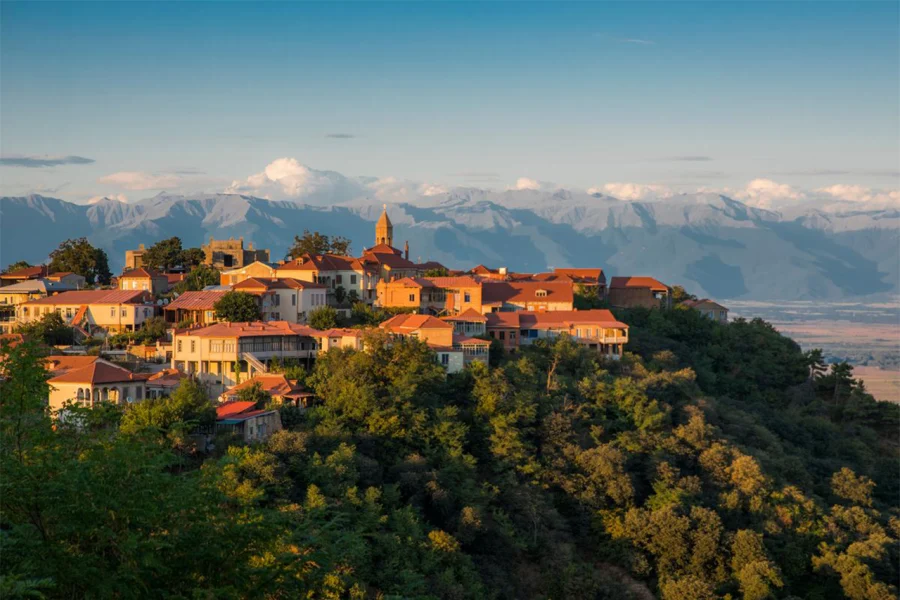
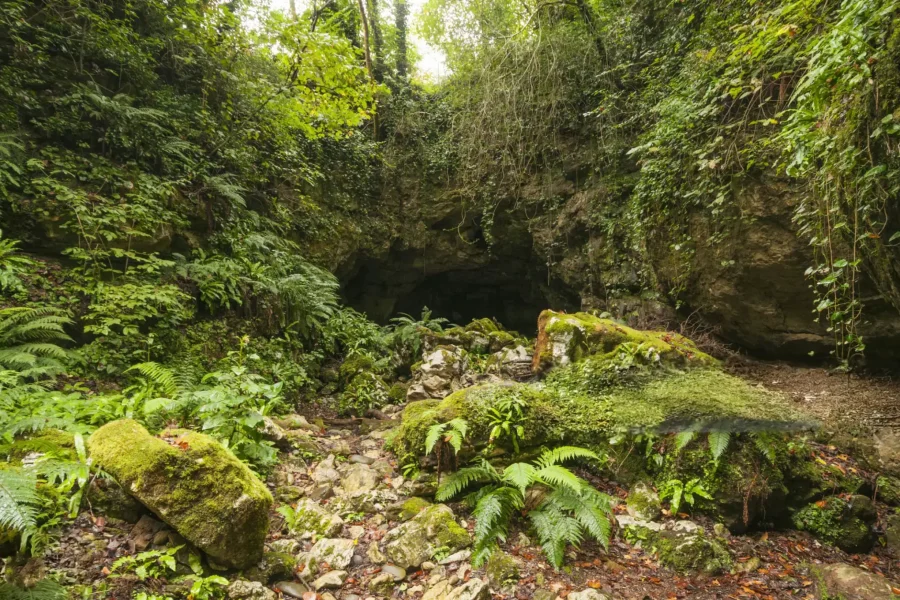
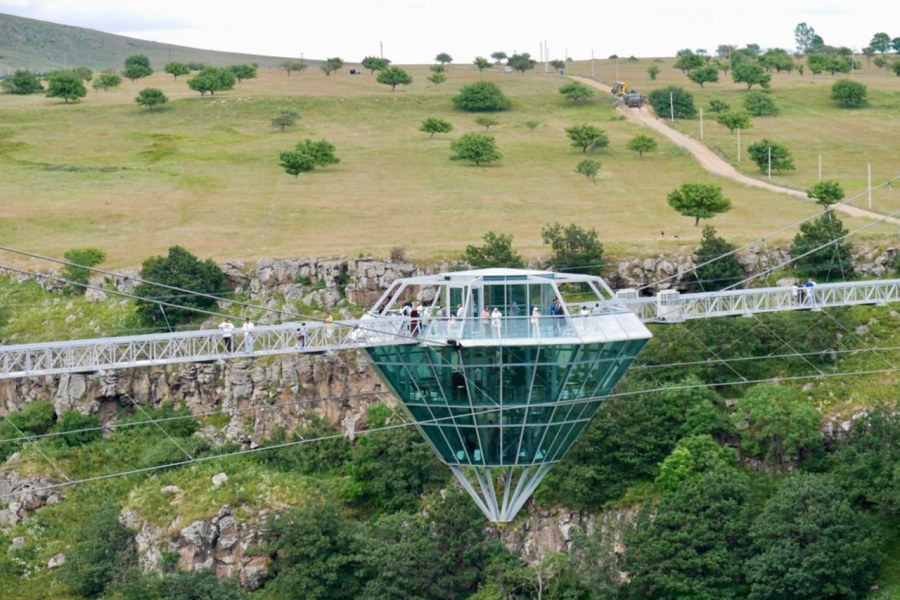
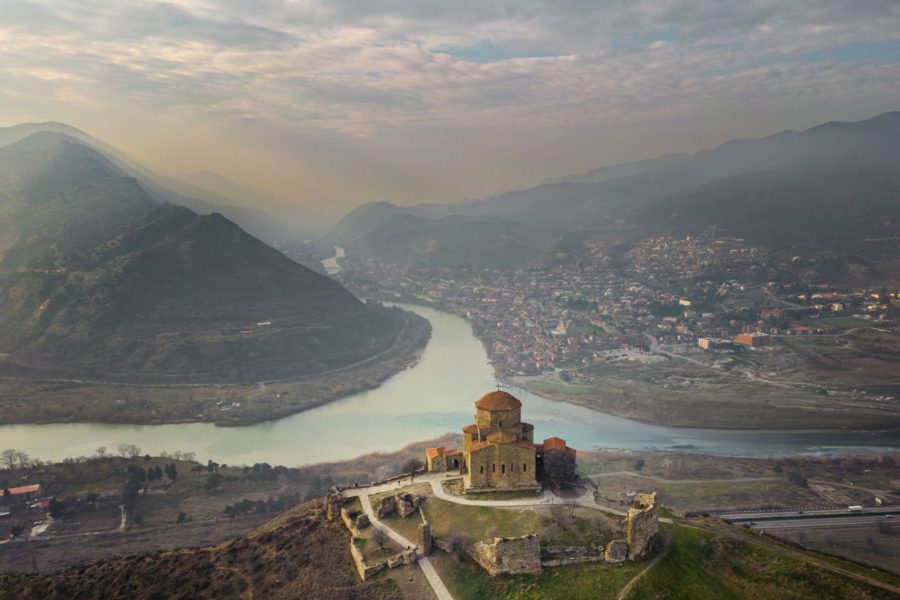
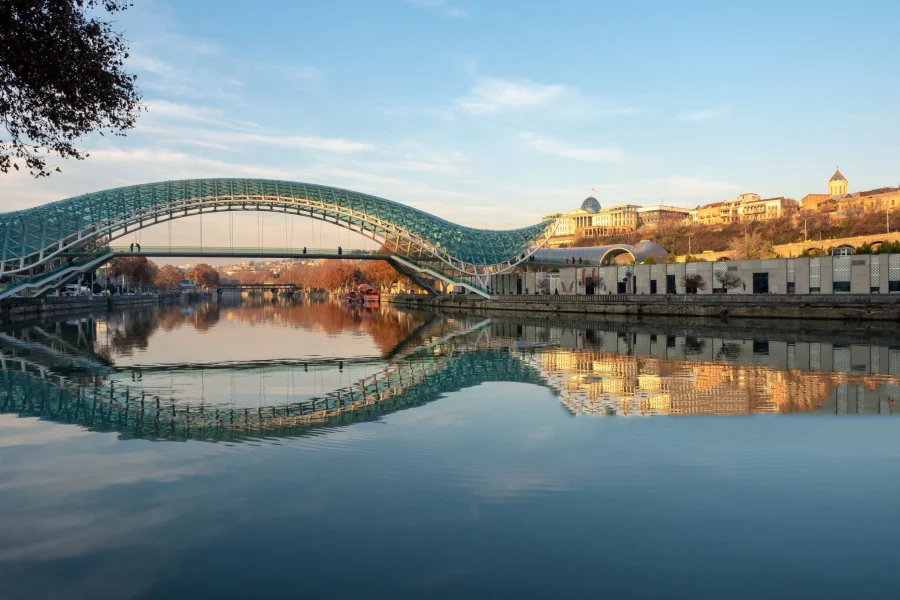
0 Comment